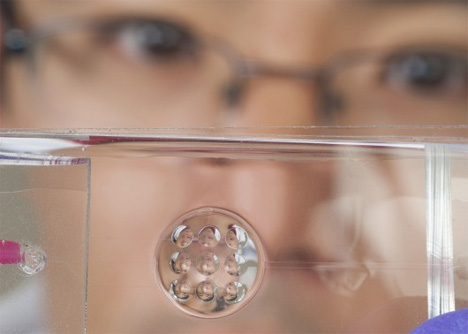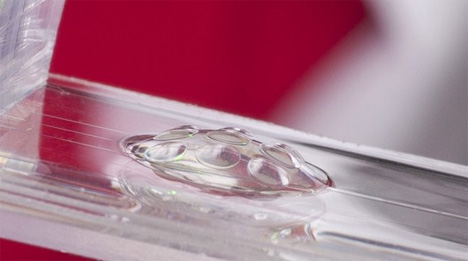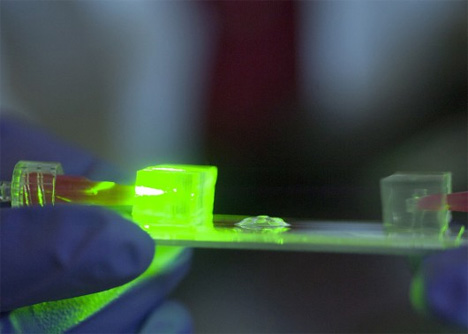
The eye is an extremely complex organ – no matter what species of animal. The human eye is sensitive enough to recognize more than 500 shades of grey. Our depth of field is excellent, but we lack the wide-angle range of the eyes of a fly. A hybrid human/fly eye was inevitable.

Associate Professor of biomedical engineering and ophthalmology at Ohio State University, Yi Zhao has come up with an experimental lens that would combine the depth of field capabilities of the human eye with the wide-angle capabilities of an insect eye. “Our eye can change focus. An insect eye is made of many small optical components that can’t change focus but give a wide view. We can combine the two,” says Zhao. “What we get is a wide-angle lens with depth of field.”

The lens can be applied to many different fields of technology, from laparoscopy and microscopes to smartphone cameras. Its ability to correct focus by altering its shape could also give surgeons more confidence. With delicate procedures such as tumor removal, it will allow them a wide-angle view while easily gauging the proximity of lens to tissue. It’s another great example of how biomimicry can change our view of the world – quite literally.

